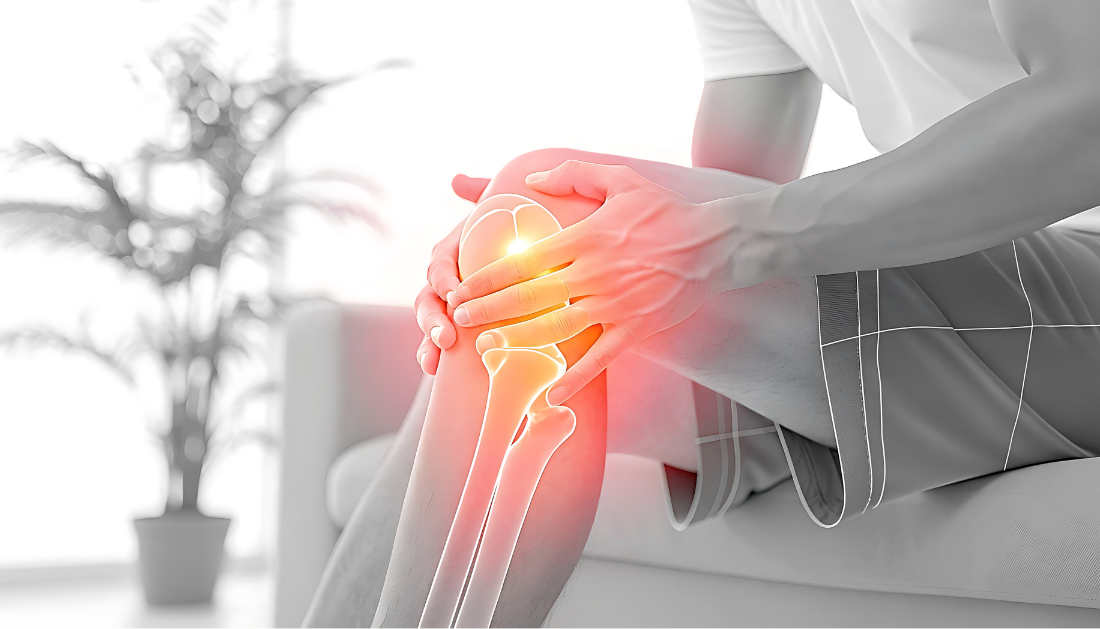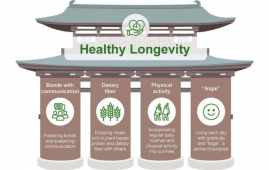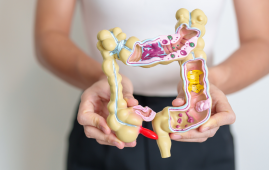

Home Exercise Proves Effective for Knee Pain in Meniscal Tear and Osteoarthritis
A new study published in the New England Journal of Medicine offers encouraging evidence that home exercise programs can significantly reduce knee pain among individuals with meniscal tear and osteoarthritis, even without in-person physical therapy.
The multicenter Treatment of Meniscal Problems in Osteoarthritis (TeMPO) trial, conducted by Mass General Brigham researchers, enrolled 879 adults aged around 59 years across four major U.S. hospitals, Brigham and Women’s Hospital, University at Buffalo, Cleveland Clinic, and University of Pittsburgh. Participants were assigned to one of three treatment groups:
- Home exercise alone
- Home exercise plus standard physical therapy (PT)
- Home exercise plus sham PT
Each participant received a 25-minute lower extremity stretching and strengthening routine to perform four times per week, guided by educational videos and pamphlets. Those in PT groups met therapists for 30-minute sessions, starting twice weekly and tapering over three months.
Explore All Obstetrics and Gynecology CME/CE Conferences and Online Courses
Comparable Outcomes Between Home Exercise and PT
At the three-month mark, the researchers found no statistically significant difference in pain relief between the three groups. However, patients receiving either standard or sham PT experienced slightly greater pain improvement at six and twelve months. The additional benefit, according to investigators, may stem from the interpersonal aspects of therapist interactions rather than the physical therapy techniques themselves.
This finding highlights a subtle but important insight: therapeutic relationships and patient engagement may contribute meaningfully to symptom improvement in chronic musculoskeletal conditions. Importantly, even without these sessions, home exercise alone produced marked pain reduction, providing a low-cost, scalable, and accessible strategy for managing knee osteoarthritis and meniscal injuries.
Implications for Healthcare Professionals
For clinicians and rehabilitation experts, this study underscores the growing potential of home-based physical rehabilitation in routine orthopedic care. As telehealth and digital monitoring tools expand, these findings validate that guided home exercises can achieve meaningful outcomes without intensive clinic visits.
“On average, participants in all groups reported moderately severe pain at the start of the study and much milder pain three, six, and 12 months later. We observed similar improvement in the standard PT and sham PT groups, suggesting that personal interactions with a physical therapist may have been more influential than the physical therapy itself.”
– Dr. Jeffrey Katz, MD, MSc, Clinical Director, Orthopaedic and Arthritis Center for Outcomes Research, Brigham and Women’s Hospital
Such an approach not only reduces healthcare costs but also enhances patient autonomy, offering practical advantages for those with limited access to physical therapy services. The results support integrating structured exercise education into early arthritis management plans to sustain mobility and delay surgical interventions.
Source:
more recommended stories
 World Summit Outlines Core Principles for Healthy Longevity
World Summit Outlines Core Principles for Healthy LongevityWhy Healthy Longevity Demands a New.
 Colorectal Cancer Screening Rates Low in Adults 45–49
Colorectal Cancer Screening Rates Low in Adults 45–49Recent UCLA research reveals that colorectal.
 Gut Immune Cells and Long-Lasting Antiviral Protection.
Gut Immune Cells and Long-Lasting Antiviral Protection.Breakthrough Findings on How Gut Immune.
 Mild Pancreatic Duct Dilatation Signals Higher Cancer Risk
Mild Pancreatic Duct Dilatation Signals Higher Cancer RiskEarly Structural Changes Offer Critical Clues.
 How the Uterus Senses Force During Labor: New Insights
How the Uterus Senses Force During Labor: New InsightsA new study published in Science.
 Fat-Free Mass and Brain Outcomes in Preterm Babies
Fat-Free Mass and Brain Outcomes in Preterm BabiesEarly Fat-Free Mass May Hold the.
 How Hormones Shape Dopamine-Driven Learning
How Hormones Shape Dopamine-Driven LearningNYU Study on Hormones and Cognitive.
 Protein Pair Guides Chromosome Alignment in Mitosis
Protein Pair Guides Chromosome Alignment in MitosisKey Points A joint research team.
 Ultra-Processed Foods in Mediterranean Youth: Risks
Ultra-Processed Foods in Mediterranean Youth: RisksThe Mediterranean region is widely recognized.
 Intensive mind-body retreat rapidly alters brain function
Intensive mind-body retreat rapidly alters brain functionAn intensive mind-body retreat combining meditation,.

Leave a Comment